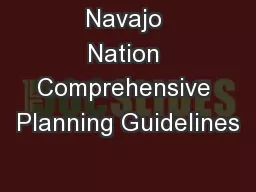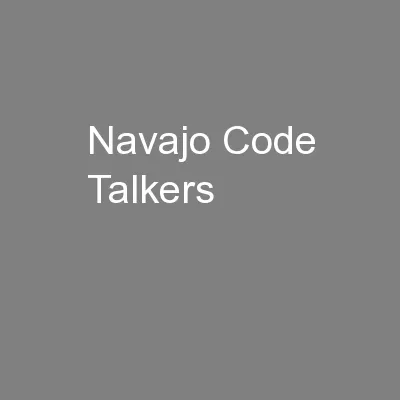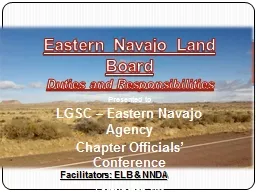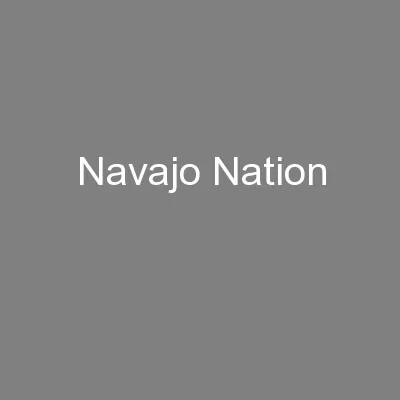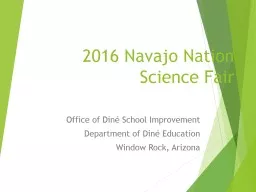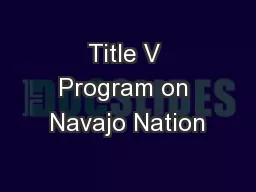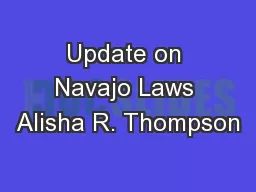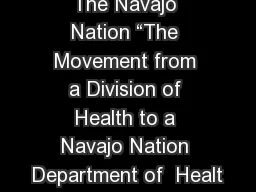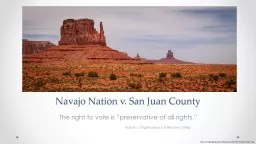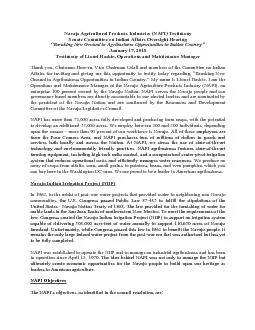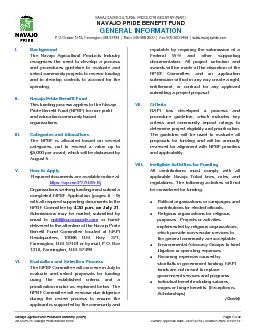PPT-Navajo Nation Comprehensive Planning Guidelines
Author : tawny-fly | Published Date : 2017-11-18
James Gardner Gardner Planning Associates LLC wwwgardnerplanningservicescom 8414 Overview Navajo Nation Planning Framework Nationwide Planning Efforts Agency Level
Presentation Embed Code
Download Presentation
Download Presentation The PPT/PDF document "Navajo Nation Comprehensive Planning Gui..." is the property of its rightful owner. Permission is granted to download and print the materials on this website for personal, non-commercial use only, and to display it on your personal computer provided you do not modify the materials and that you retain all copyright notices contained in the materials. By downloading content from our website, you accept the terms of this agreement.
Navajo Nation Comprehensive Planning Guidelines: Transcript
Download Rules Of Document
"Navajo Nation Comprehensive Planning Guidelines"The content belongs to its owner. You may download and print it for personal use, without modification, and keep all copyright notices. By downloading, you agree to these terms.
Related Documents

